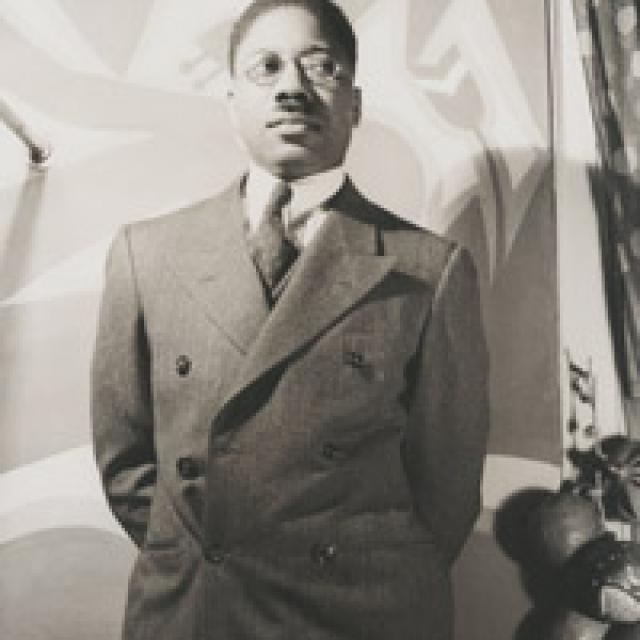
Aaron Douglas
Explore Selected Works
Artwork

Artwork

Bibliography
1995
Kirschke, Amy Helene. Aaron Douglas: Art, Race, and the Harlem Renaissance. Jackson, Mississippi, 1995.
1999
Lewis, David Levering. When Harlem Was In Vogue. New York and Oxford, 1999.
2007
Earle, Susan Elizabeth, ed. Aaron Douglas: African American Modernist. Exh. cat. Spencer Museum of Art, The University of Kansas, Lawrence; Frist Center for the Visual Arts, Nashville; Smithsonian American Art Museum, Washington; Schomburg Center for Research in Black Culture, New York. New Haven and Lawrence, 2007.
2008
Douglas, Aaron, and Alta Sawyer Douglas. Love Letters from the Harlem Renaissance. Introduction and transcriptions by Mariama S. Hodari. Dallas, 2008.
Harris, William T., et al. Aaron Douglas and the Arts of the Harlem Renaissance. Special Issue of papers delivered at a conference, University of Kansas, 28-29 September 2007. American Studies 49, nos. 1/2 (Spring/Summer 2008): entire issue.
Ragar, Cheryl R. "Plunging into the Very Depths of the Souls of Our People: The Life and Art of Aaron Douglas." Ph.D. dissertation, University of Kansas, Lawrence, 2008.
2009
Niedzielski-Eichner, Nora. "Integrating Modernism: The Migration Paintings of Aaron Douglas, Jacob Lawrence, and Romare Bearden." Ph.D. dissertation, Stanford University, California, 2009.


